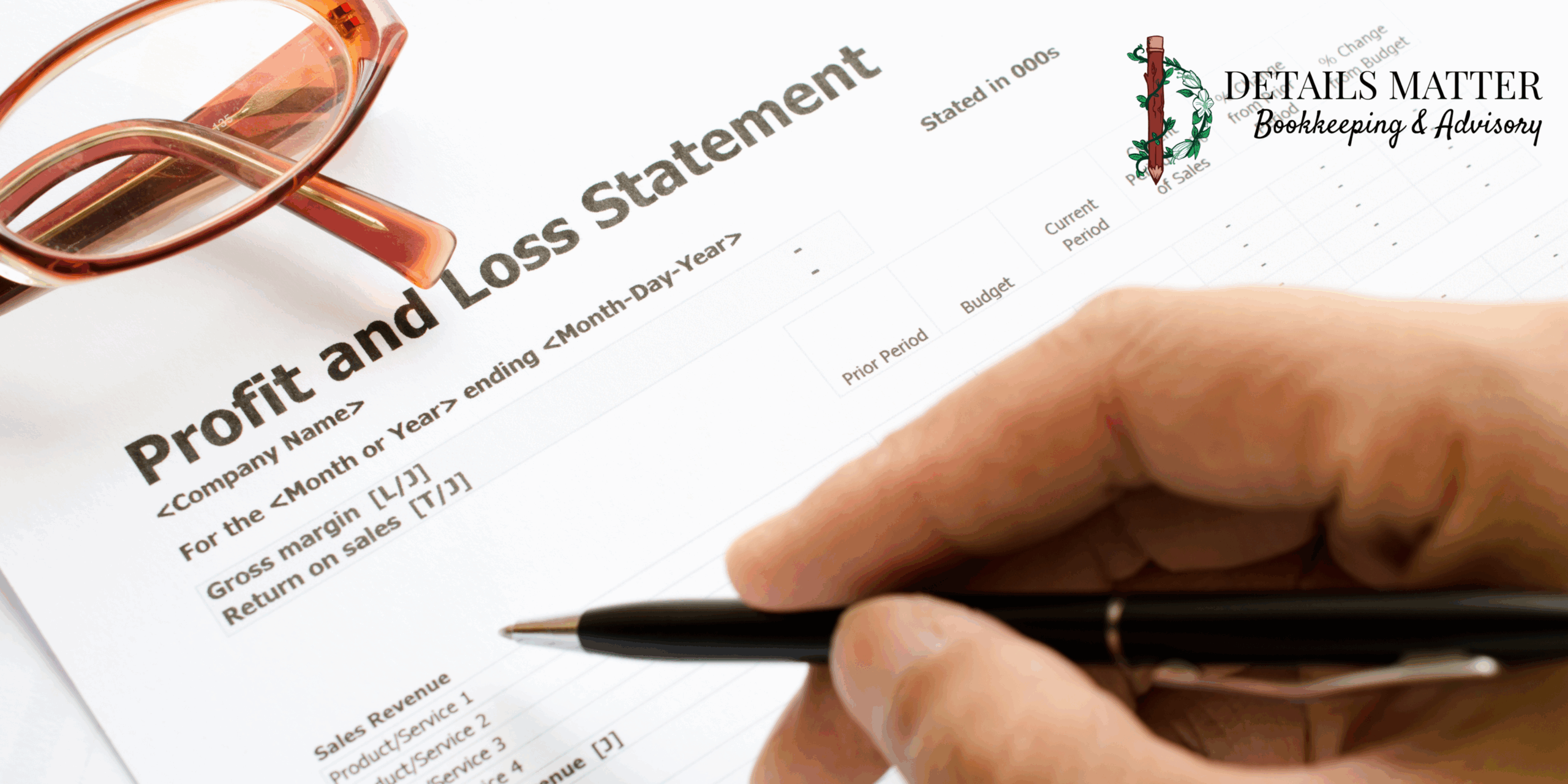Your Profit & Loss statement (P&L), also called your Income Statement, is one of the most important financial reports in your business. It’s a snapshot of how much money is coming in, how much is going out, and—most importantly—what’s left over at the end.
The good news? You don’t need an accounting degree to understand it. Let’s break it down so you can start reading your P&L like a pro.
Step 1: Look at the Date Range
The very first thing to check is what period of time the report covers—monthly, quarterly, or yearly. Without knowing the time frame, the numbers won’t mean much.
💡 Pro Tip: In QuickBooks Online, you can easily switch the date range at the top of the report. This lets you compare month-to-month or year-to-year trends.
Step 2: Review Income (Revenue)
This is all the money your business has earned in the selected time period. It should be broken down by income category or service type.
Ask yourself:
- Is income higher or lower than last period?
- Which services or products are bringing in the most money?
- Is there seasonality you can plan for?
Step 3: Review Expenses
Expenses are all the costs of running your business—everything from rent to software to office supplies.
Look for:
- Categories that are much higher than usual
- Expenses that could be reduced or eliminated
- Any surprises you don’t recognize
💡 Pro Tip: Grouping similar expenses makes it easier to see where your money is going.
Step 4: Look at Net Income
This is your “bottom line”—the amount left after expenses are subtracted from income.
If it’s positive, you made a profit.
If it’s negative, you had a loss.
But here’s the key: Net income isn’t the same as cash in your bank account (that’s where your Balance Sheet and Cash Flow Statement come in).
Step 5: Compare, Don’t Just Look
One month of data is a snapshot. Multiple months of data show a story.
Compare your P&L over time to:
- Spot trends
- See if expenses are growing faster than revenue
- Make proactive decisions instead of reacting too late
The Bottom Line
Your Profit & Loss statement isn’t just for tax season—it’s a tool to help you run your business smarter. The more comfortable you get with reading it, the more control you’ll have over your business decisions.
If you want to go deeper into understanding your P&L and learn how to set up and manage QuickBooks Online the right way, my QuickBooks Online course for small business owners will walk you through it step-by-step.
📅 Learn more here → [Learn QBO]

